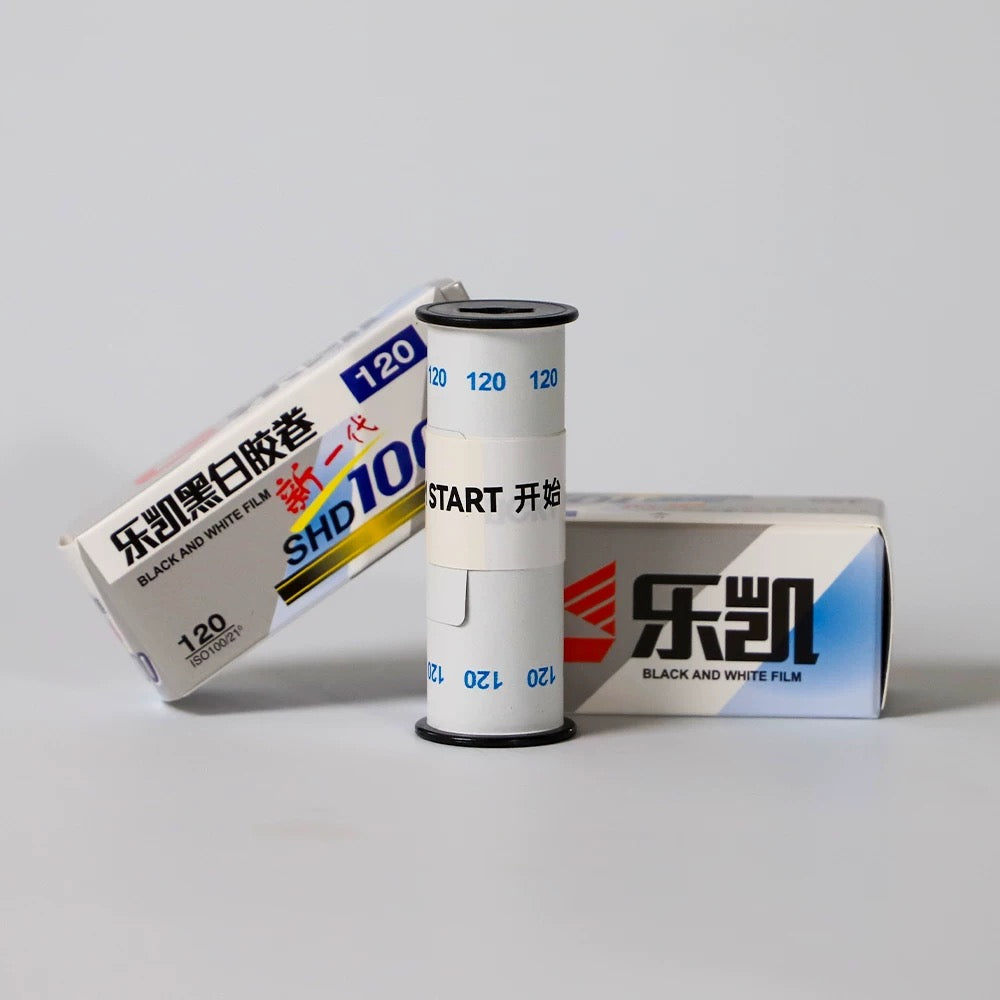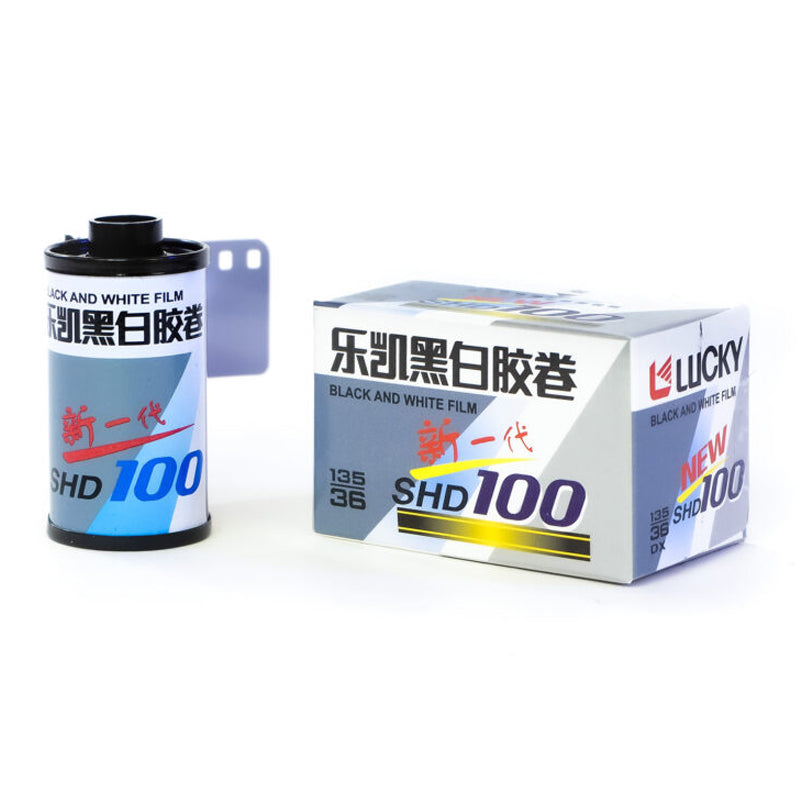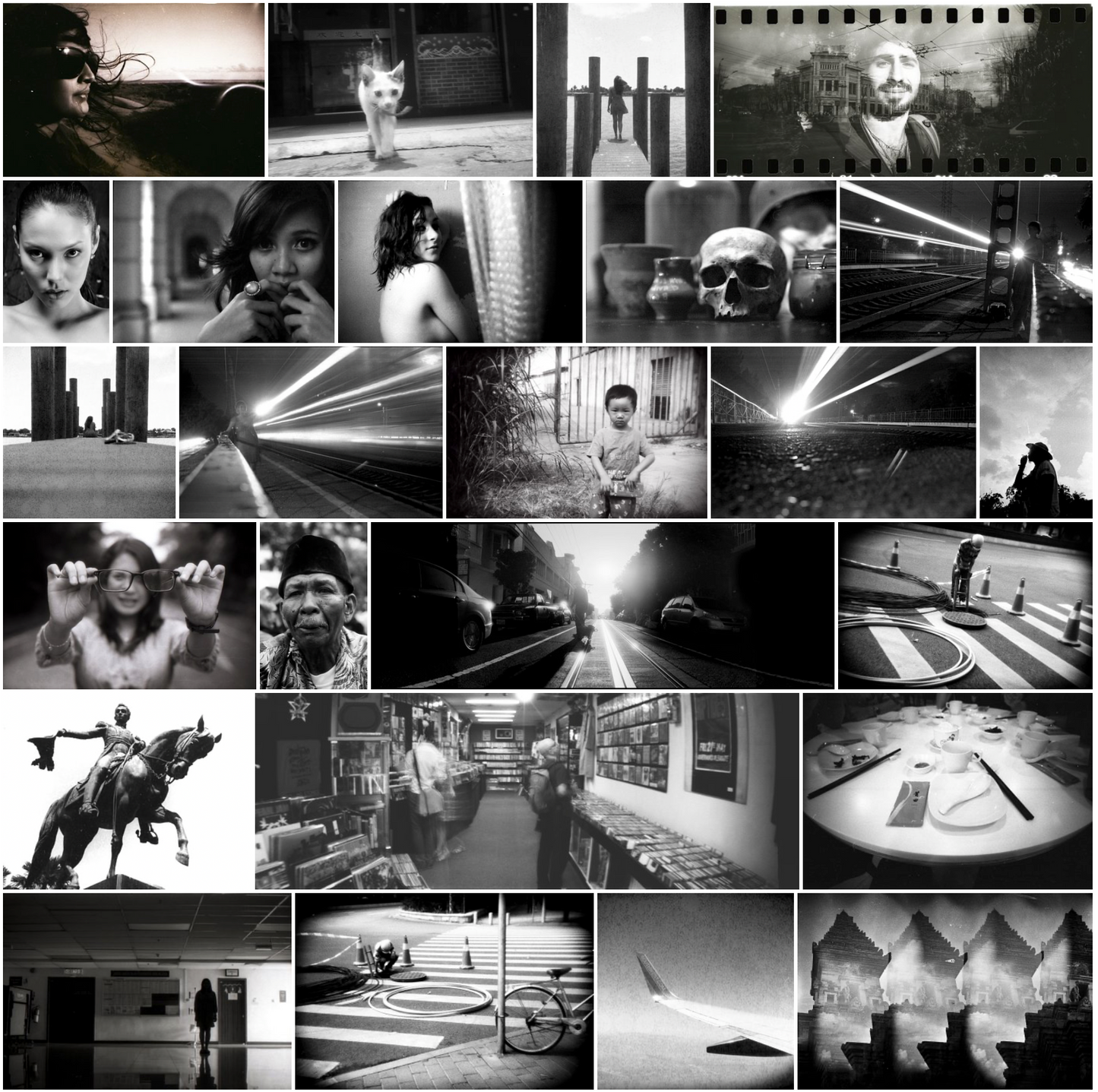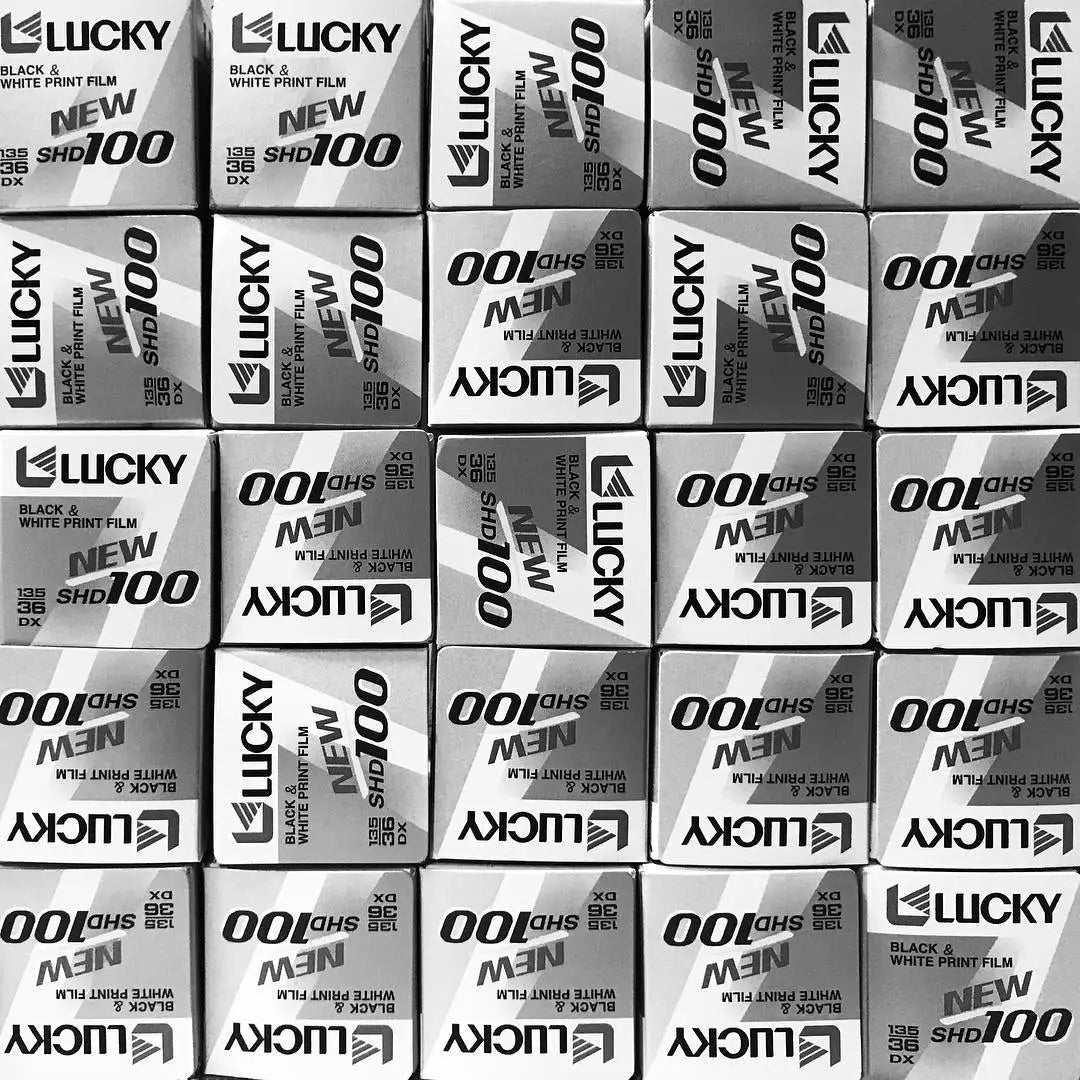Flash & Frame Studio
Lucky SHD100 film B&W 135/120 Film
Lucky SHD100 film B&W 135/120 Film
Couldn't load pickup availability
The Lucky Film brand goes back to 1958, as China Lucky Film Corp. Based in Baoding, China, Lucky produces a variety of industrial and x-ray films, as well as consumer emulsions. In 2003, Eastman Kodak partnered with Lucky to produce C-41 films and to upgrade the Lucky production facilities, with Kodak backing out of the agreement in 2007. My guess is that Kodak saw how quickly digital was overtaking the industry, and that having more film production elsewhere would hurt their bottom line. Meanwhile, I think Lucky films were available to consumers in China for quite some time afterwards.
https://www.lomography.com/films/871924407-lucky-shd-100/photos
Lucky's new generation SHD100 black and white film is a new medium-speed film. This product has excellent photographic and physical properties, and has the characteristics of good clarity, wide tolerance, high resolution, etc. It can meet the needs of various processing conditions and is an ideal film for amateur and professional photographers.
This new emulsion is manufactured to an updated specification and coated onto a brand new film base. This near-transparent polyester base is also thinner than the original film stock’s and the anti-halation layer is very much up to spec. No halos or otherworldly results that I’ve experienced myself so far. The updated emulsion itself is tougher and less prone to scratching.
Lucky New SHD 100 is a black and white black and white negative film for general outdoor and indoor photography. Ideally developed in Kodak D-76 or Luckyfilm’s own special developer formulation. At the time of writing the film is available through selected online retailers in 35mm / 36 exposure rolls only.
- Very fine grain
- Moderate contrast
- High resolving power
- Great “forgiveness”
- A wide exposure latitude
- Excellent highlight separation
The film is also less subject to curling, which is good news for everyone scanning this film themselves at home. My own negatives were a joy to work with.
Development
The film was developed at 20c in Kodak HC-110 1+47 (dilution E) for 8 minutes. The film was agitated continuously for the first 60 seconds and then again for 10 seconds at the top of every minute thereafter. No pre-wash.
Ilford’s Ilfostop and Rapid Fixer were used at the manufacturer’s recommended dilutions for one minute and five minutes respectively. Finally, the film was soaked for one minute in Kodak Photoflo (2+1000ml) and then rinsed for five minutes in running water.
Scanning
The film was left to hang to dry for 24 hours, cut and scanned using an Epson Perfection V750 Pro scanner in factory-shipped 35mm holders.
I scanned to TIFF at 1600dpi in Vuescan for speed (I hate scanning 35mm film), and a light unsharp mask was applied in Photoshop with no dust removal.
The files were exported to 1000px on the longest edge in Lightroom with a light hand on getting the file size down for web.
Samples
Of the 12 3-frame scenes I shot on this roll, I have provided eight scenes here for review: a total of 24 frames. The order of images below is underexposed, correctly exposed (per meter) and overexposed. Weather conditions were great on the whole, especially towards the end of the roll.
Click/tap on the image thumbnails to open the full-sized image in a lightbox. Use the navigation icons, swipe the screen, or tap the arrow keys on your keyboard to cycle through each set.

Note:
1. The storage temperature of the film should not exceed 21C, and the relative humidity should not exceed 65% to prevent damage by radioactive substances and harmful gases such as sulfide and ammonia.
2. Film stored at low temperatures should be taken out in advance before use. It can be placed at room temperature for 1-2 hours before opening the package to prevent water vapor from condensing on the surface of the film and damaging the film.
3. The film should be loaded and unloaded in a backlit place to avoid direct sunlight.
4. The photographic performance of the film will decay with the extension of the storage time. It should be used within the storage period. The film loaded in the camera should be used as soon as possible
Share










